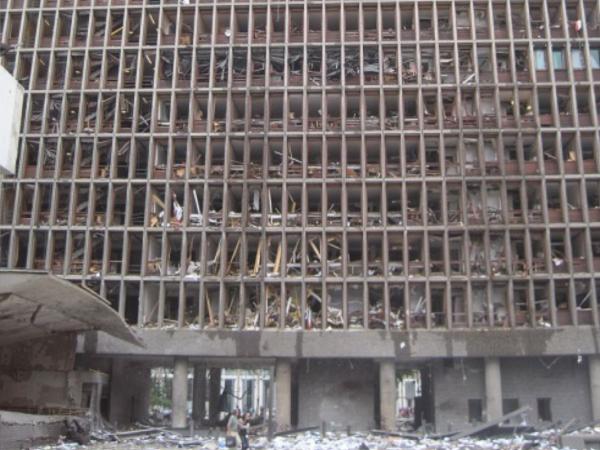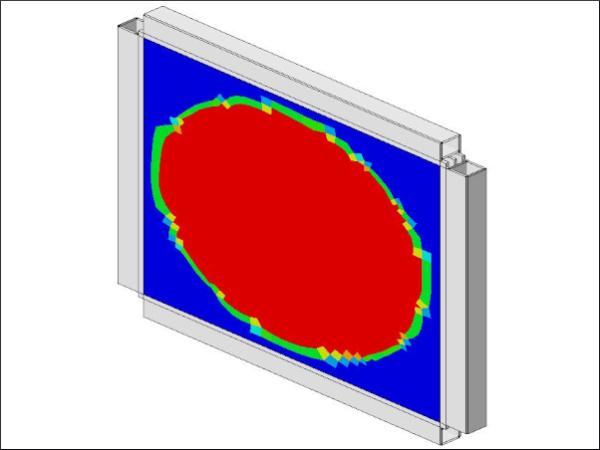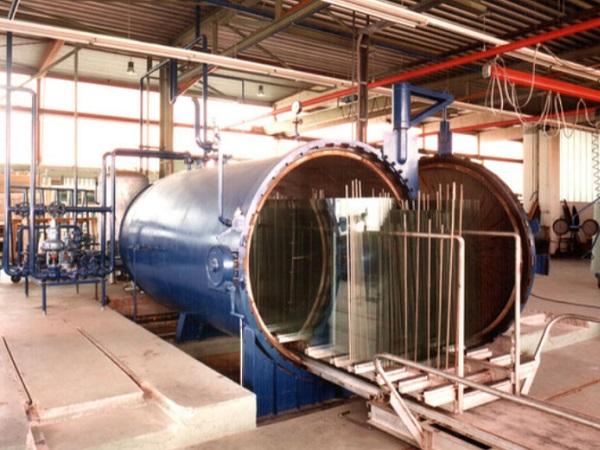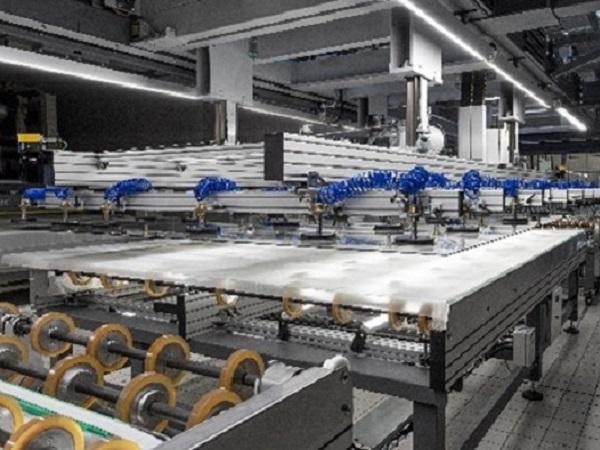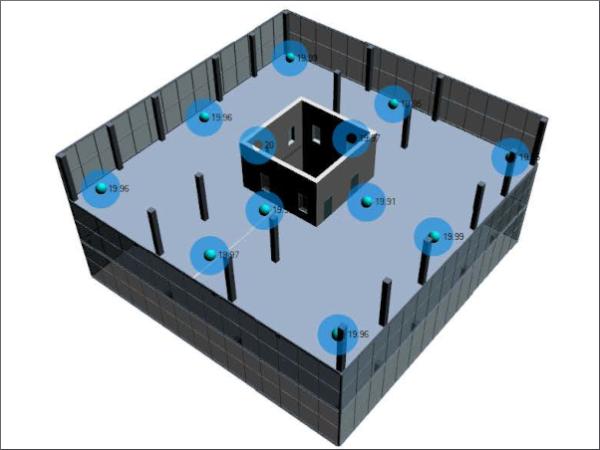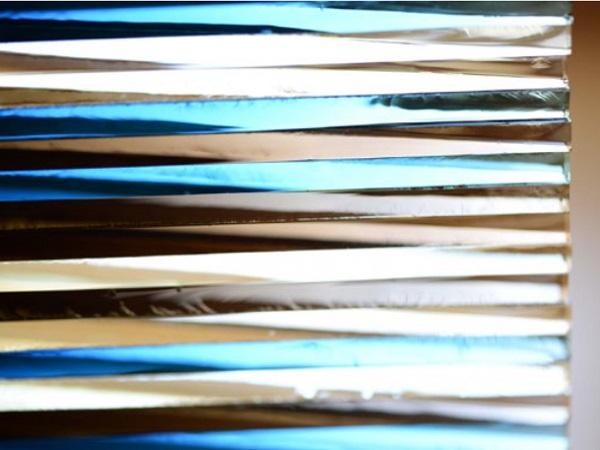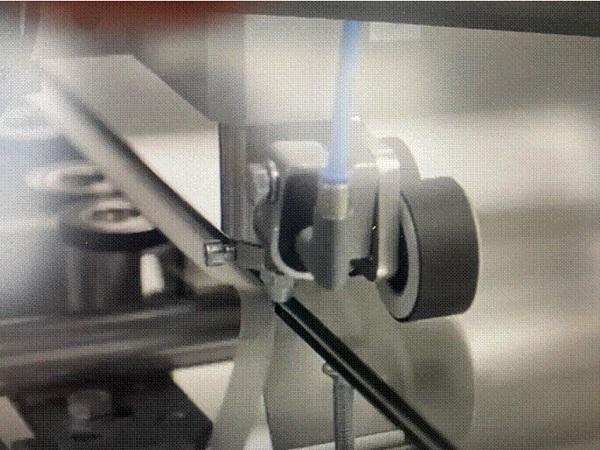Others also read
| Designing and building structural, glass-only shells is subjected to two principal boundary conditions: The use of planar or curved glass laminates with limited dimensions and the necessity to provide a structural joint between the adjacent glass modules.
| This text looks at the two systems of vertical and horizontal hot boxes, as well as the laminating cycles for PVB and EVA. It also compares the process to an autoclave PVB laminating process.
| A Review of Essential Requirements towards Standardization
| The new World Trade Center site was rebuilt after 9/11 comprising seven mayor skyscrapers around the memorial site and the 9/11 museum.
| This paper presents some of major outcomes of Finite Element (FE) numerical methods and simulations that have been explored in the framework of the GLASS-SHARD research project for glass windows and facades under explosion or soft-body impact.
| In this text, we will discuss the advantages and disadvantages of single laminate and block autoclaving, suggested operational parameters, design of spacers, and the autoclave cycle.
| This text takes a look at the roller process of lamination. It explores different heating concepts such as convection, long wave and short wave IR radiation, and micro-waves, as well as the importance of the correct IR radiation.
| The bridging behavior between fragments is one vital factor in the post-fracture stage of glass laminates.
| This Glastory blog by Kalle Kaijanen is dealing with the processing of high-strength / structural laminates.
| Laminating glass is a process that requires precision and safety. In order to ensure that the glass is laminated safely and to a high standard, special cleanroom requirements must be met. This includes air pressure, clothing, static charges, and cleaning protocols.
| A new BIM tool processing IEQ data input for building management and energetic optimizations
| Within this research, two sets of real-scale laminated banister panels with the embedded connection were tested.
| This paper presents a study on the development of a bonded edge seal for fluid-filled insulating glass units.
| This article explores the various aspects of PVB Preparation, handling, and assembly. It explains how to store, transport, and handle PVB in order to ensure optimal performance and adhesion.
| An Interlayer Material Study Towards Circular, Dry-Assembly, Interlocking Cast Glass Block Structures
| Determination of the linear viscoelastic material behaviour of interlayers with semi-crystalline structures shown by the example of a semi-crystalline ionomer
| In this research, the structural sealed façade structure with triple IGU was investigated and the effect of the thickness of ordinary and laminated glasses.
| Color Depth is a material-based research project investigating the optical and structural properties of thick glass.
| When we look at glass lamination, there are 3 basic systems: Nip roller system, Vacuum bag system and Autoclave free system.
| In the structural design of facade glazing, various types of loads such as dead weight, wind and climatic loads must be taken into account. In practice, however, there are many cases of damage that can be attributed to direct solar radiation.
| In the next session(s), Luc would like to take you through the 3 glass lamination processes in detail, going from glass and PVB requirements to design concepts.
| The main challenge in the design of the duplex façade was the high aesthetical performance that the façade had to meet.
Investigations on the Cold Bending Behaviour of a Double Glazing Unit with a Rigid Edge-Spacer Frame
| In this study, the bending process of specially-fabricated double glazing units (‘panels’) is investigated with a focus on a local instability phenomenon.
| This paper presents work undergone for a set of four high-rise towers, featuring 11,136 unique cold-bentpanels, hundreds of which are pushed beyond 250mm.
| In this paper, we present the development of an intrinsic parameter σQM characterizing the sensitivity of a coating (or configuration) to the quench marks.



